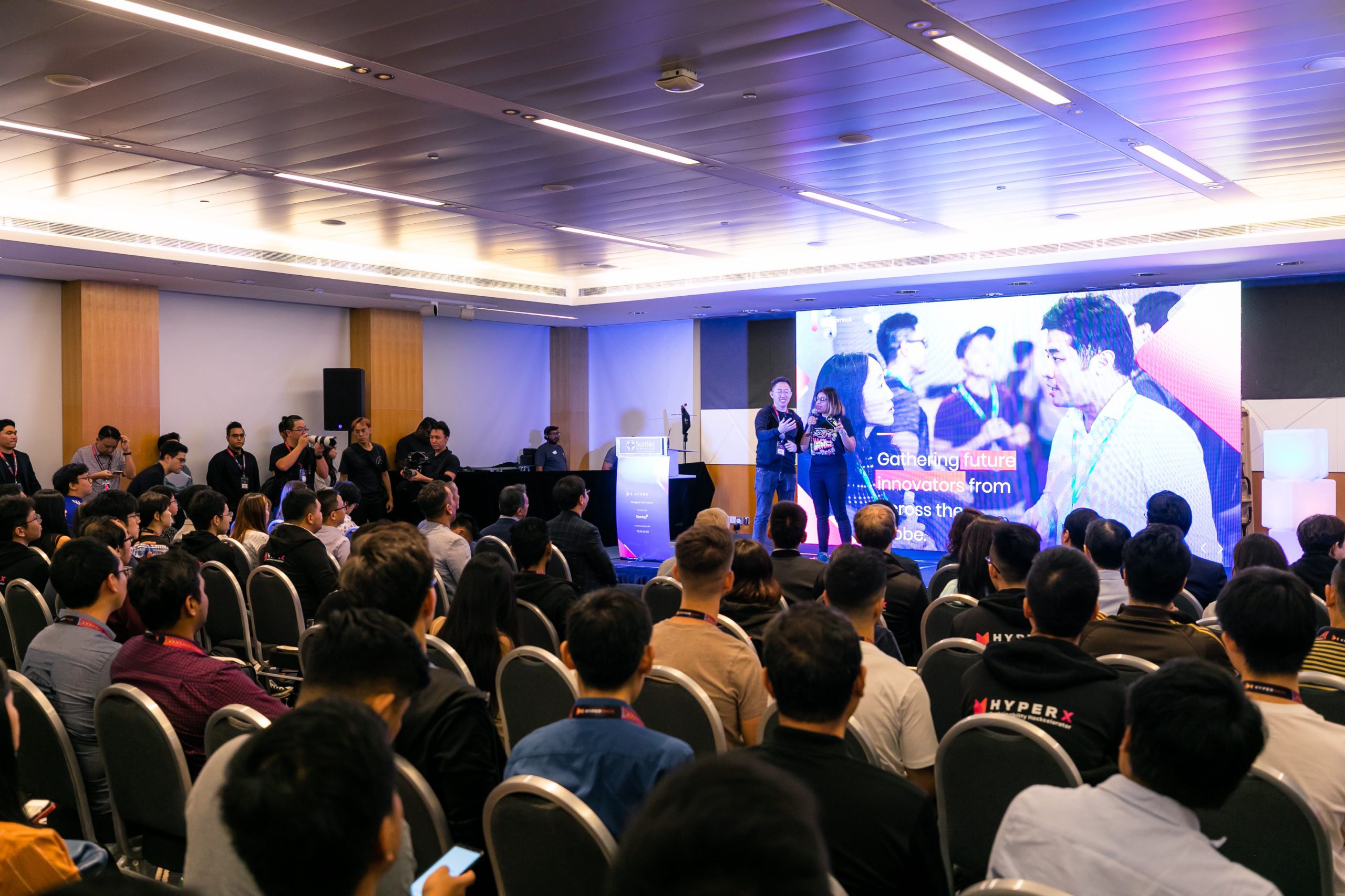Chinese New Year, or the Spring Festival, is one of the most important festivals in China. It celebrates the beginning of a new year on the traditional lunisolar Chinese calendar, marking the end of winter and the start of spring. Themes of good fortune, happiness and wealth and longevity are reinforced through the many customs and traditions: reunion dinner on the eve of New Year’s Day, thorough house cleaning (to sweep away ill-fortune and make way for incoming good luck), red-coloured decorations like paper-cuts and couplets (to welcome fortune and happiness), gifting money in red envelopes known as Hongbao (as tokens of good wishes), and more. These symbolic customs serve to provide marketing opportunities during the festive period, and is the best time for brands to utilise them to create attractive marketing campaigns to boost brand awareness and product sales.
Marketing activities in China during Chinese New Year 2021
During Chinese New Year (CNY), the Chinese will traditionally send their best wishes associated with good fortune and luck to their family and friends. The extended holiday in this period also enables many people to travel back to their hometowns, so it is one of the limited periods in a year that they get to reunite with their family and celebrate the festival together. Thus, themes around reunion, family and love are part of the CNY atmosphere too.
Brand marketers have incorporated these themes and values into creatively-designed campaigns during this period. In this article, we introduce four types of marketing campaigns commonly observed in this period: television commercial (TVC) ads, Hongbao marketing, co-branded film marketing, and limited edition CNY merchandise.
TVC ads
TVC ads allow for captivating storytelling through the use of vivid imagery, providing brands a platform to comprehensively express their brand value and brand story. During CNY, brands tend to focus on using emotional touchpoints to engage their audience, creating campaigns that resonate with them, making this an effective marketing strategy for targeting the masses.
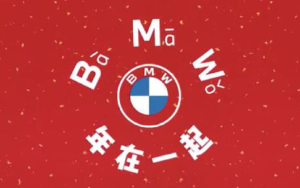
Figure 1: BMW TVC Ad
For example, BMW launched a video during CNY 2021 called “Bà Mā Wǒ” (“爸妈我”). Its clever title uses three Chinese characters (father, mother, and me) representing the family, with the romanized spelling of the first character of each word a play on “B”, “M” and “W” respectively. The creative short video series depicts families in different parts of China and the characteristics of each member of the family, playing up the theme of reunion and togetherness, and ends with the wordplay “Bà Mā Wǒ”, a pun on the brand pronunciation. The themes of family and love as well as the creative use of humour contributed to the entertainment value of the video, and also imprinted the BMW brand in the minds of viewers. “Bà Mā Wǒ” won the top 10 best performing ads at the Kantar China First Creativity Award, where it was evaluated by over 2000 consumers via Kantar Marketplace, Kantar’s leading-edge automatic platform, on five key aspects of creative advertising: brand engagement, persuasiveness, contribution to brand power, fit with the Chinese New Year atmosphere, and potential to go viral.
Such awards are a reflection of how creative advertising during CNY can help push brands into the consciousness of consumers by capitalising on the festival. Many other TVC ads and events that go viral during the CNY period have similar key features that have propelled these ads to become viral successes. These ads play on viewers’ sentiments around CNY, from feelings of homesickness to anticipation for the biggest festival in China. The figure below shows some examples of such ads and the emotions they touch on.

Figure 2: TVC ads that ran during CNY2021 (Source: iResearch)
Hongbao marketing
One of the most symbolic items at CNY is “Hongbao”, or red packets, which are red envelopes containing money. The red colour signifies good luck and fortune, and the amount of money it contains is typically even-numbered in accordance with Chinese beliefs that even numbers represent good things such as couples. When parents give their children Hongbao, it is also known as 压岁钱, or “money to wards off evil spirits”, representing the parents’ wishes for their children to live their year peacefully.
As China moves into a cashless economy, the practice of giving Hongbao has also kept pace with these developments. With constant improvements in e-payment systems in terms of safety, speed and convenience, the concept of gifting a virtual Hongbao has increased in popularity. E-payment platforms employ the use of virtual Hongbao in various ways, which can be categorised to two methods: (1) C2C (users sending Hongbao to each other) and B2C (e-payment platforms awarding Hongbao to users). Hongbao marketing aims to engage users to increase platform traffic and activities, which could then convert to greater business value.
C2C: Recent innovations in Hongbao marketing tap on the designs of the Hongbao. Prior to this year, Hongbao designs were generally plain and red in colour, appearing relatively standard across e-payment platforms like Wechat and Alipay. In 2021, Wechat upped the game by collaborating with brands and celebrities to create limited edition Hongbao designs. Limited in quantity, these Hongbao required users to perform certain tasks or activities on the platform to get access to the Hongbaos. This strategy instilled a sense of urgency amongst users keen to get their hands on the Hongbao, and greatly boosted Wechat’s popularity amongst the younger generation as users flock to the platform to send Hongbao to each other. Wechat’s various creative Hongbao designs have generated a ton of buzz from online netizens throughout CNY, spiking the popularity of Wechat’s Hongbao to a level rivalling that of Alipay’s.
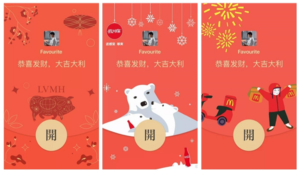
Figure 3: Personalised Wechat Hongbao designs
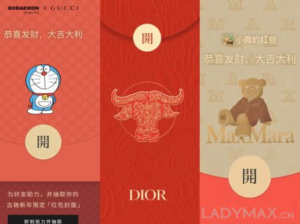
Figure 4: Limited-edition Wechat Hongbao designs for luxury brands
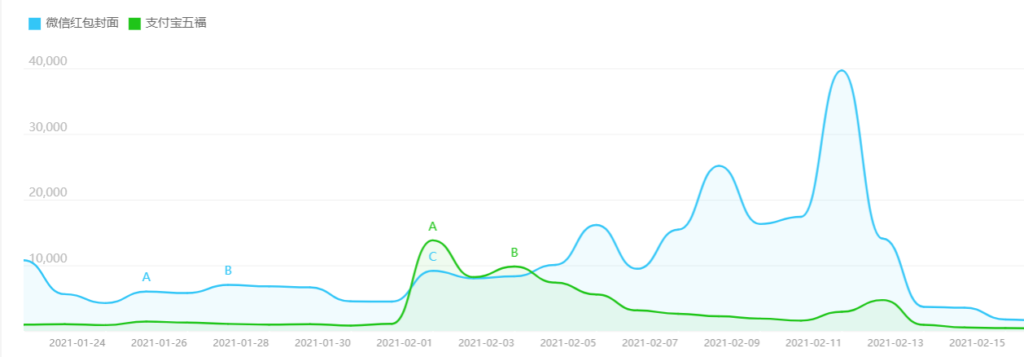
Figure 5: Baidu search index comparison — Wechat Hongbao designs & Alipay Five Fortune Collection, where higher index represents more discussion and interactions in Baidu platform (biggest search platform in China) (Blue line: Wechat Hongbao design, Green line: Alipay Five Fortune Collection)
B2C: Hongbao marketing has also diversified into other forms of engagement for e-payment platforms. Beginning with Alipay’s Fu (福) collection which offered users a chance to win prize money from the RMB 200 million dollar pool, e-payment platforms have started to become creative as we see new marketing methods such as surveys (Toutiao, news platform), livestream viewing (Kuaishou, short-video platform), physically shaking the smartphone (Pinduoduo, e-commerce platform), and more being used. Besides the variety in the methods, the amount of prize money also differs across platforms, ranging from RMB 100 million (Weibo, social media platform) to RMB 2.8 billion (Pinduoduo). Hongbao marketing has definitely increased the number of users on e-payment platforms and remains popular over the years.
Co-branded film marketing
CNY serves as one of the most lucrative and competitive periods for the film industry, as watching a movie is a choice activity for families during this time. With every film production company keen to capture ticket sales, more than 10 films are generally released at the same time during this period, all produced with great cinematic and blockbuster quality to beat out the competition. This is also a great way for brands to increase their exposure by collaborating with the films, especially as these films have the highest potential to become box office successes. For instance, the film “Hi, mom (你好,李焕英)” grossed over 5.2 billion RMB at the box office, placing it in the top 100 box office gross sales worldwide.
One of the most common collaborations done with films is co-branding with games. In CNY 2021, “Hi, mom” collaborated with popular multiplayer games Arena of Valor (王者荣耀), Minecraft (我的世界), and PUBG (绝地求生). The cast of “Hi, mom” attended the annual Arena of Valor Championships and PUBG’s e-sports tournament. Minecraft also incorporated and simulated certain scenes from the movie into its game, leveraging on the hype generated from the movie. Merchandise also serve as a popular form of collaboration, with “Nezha Reborn (哪吒重生)”, another CNY movie released during the same time period, collaborating with POP MART to launch a limited-edition mystery box containing figurines of the movie characters. Well known for its mystery boxes, POP MART’s collaboration with the movie was a hit as fans of the movie contributed to the huge sales for this particular collection.
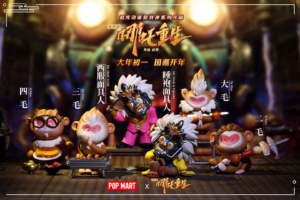
Figure 5: POP MART × Nezha Reborn
Limited edition CNY merchandise
Limited edition CNY merchandise is another common marketing strategy that brands adopt during the festive period. Brands typically launch new seasonal and collectible products that are available only during CNY, by changing the packaging of existing products to a festive-looking one (e.g. use of the color red and gold), or even incorporating the Chinese zodiac animals in the products (most commonly observed in fashion products).

Figure 6: Examples of CNY limited edition merchandise (Source: iResearch)
Over the years, CNY merchandise have become a dime a dozen, and brands have resorted to the use of humour and CNY puns to add an element of surprise and novelty for consumers to capture their attention. Confectionery brand ORION (who originated the popular Choco Pie snack) came up with the idea of having a simple Q&A on its CNY products. The brand created a pie with CNY-centric questions printed on the packaging, with the (sometimes humorous) answers printed directly on the pie. This encouraged consumers to open the pie out of curiosity just to see what type of answers they would get. One humorous example of a question asked “the possibility of becoming rich in the following year”, with the answer being “too difficult”, serving as an innocuous joke for consumers who bought the pie.
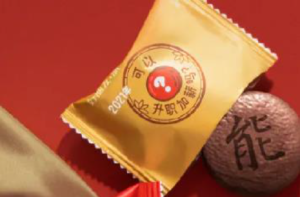
Figure 7: Orion Q&A pie
Leveraging digital platforms to increase eyeballs
While all of these marketing activities are generally employed by brands during CNY, according to iResearch, TVC ads continue to rank as one the most frequently used marketing activities in 2021, given the large target audience TV can bring. These ads are also the most effective at targeting middle-aged and elderly consumers, who have a lesser probability of being exposed to the other forms of marketing. Furthermore, the reach of these ads can also be amplified via the use of social media (e.g. TikTok, Youku, Wechat, etc), thus still effectively reaching younger consumers who may not watch television but prefer consuming content through mobile or other devices.
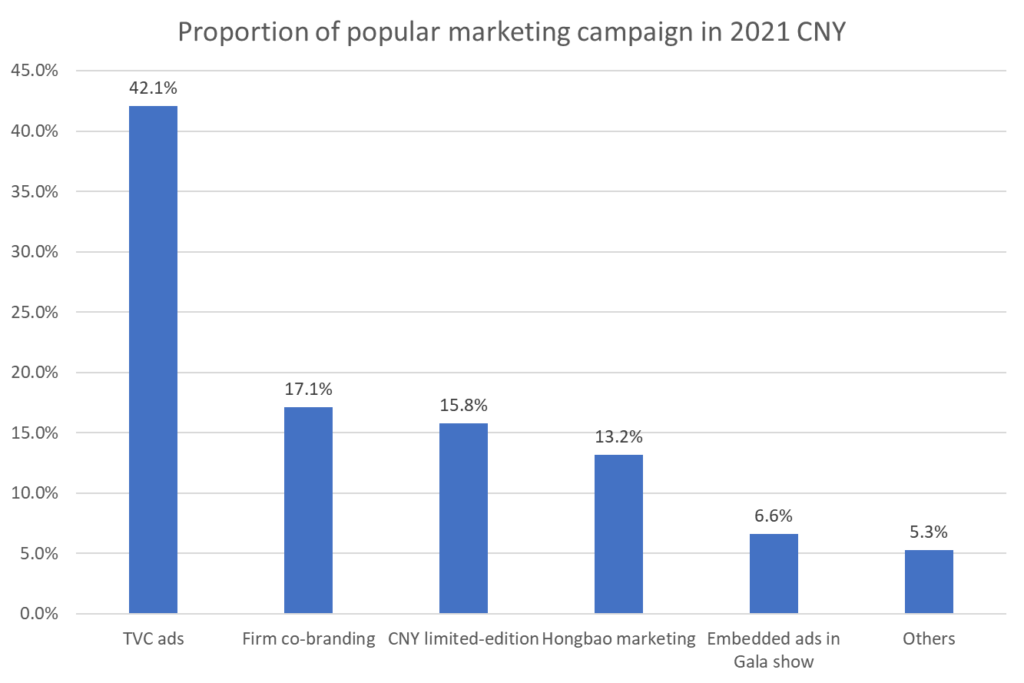
Figure 8: Proportion of popular marketing campaigns in 2021 CNY
Ultimately, brands need to consider which forms of marketing best serves their needs, or allows them to effectively target their preferred target market. Hongbao marketing allows brands to connect across different generations of consumers, as it focuses on family gifting. Co-branded film marketing activities tend to attract a younger generation, as the brands involved and promotion methods used (e.g. gamification, merchandise, etc) generally target young adults. And finally, depending on the brand, limited edition CNY merchandise can be effective at focusing on and targeting just a select group of audience. Most importantly, regardless of the marketing strategy, they help to color the CNY period with more forms of entertainment and festivity.







